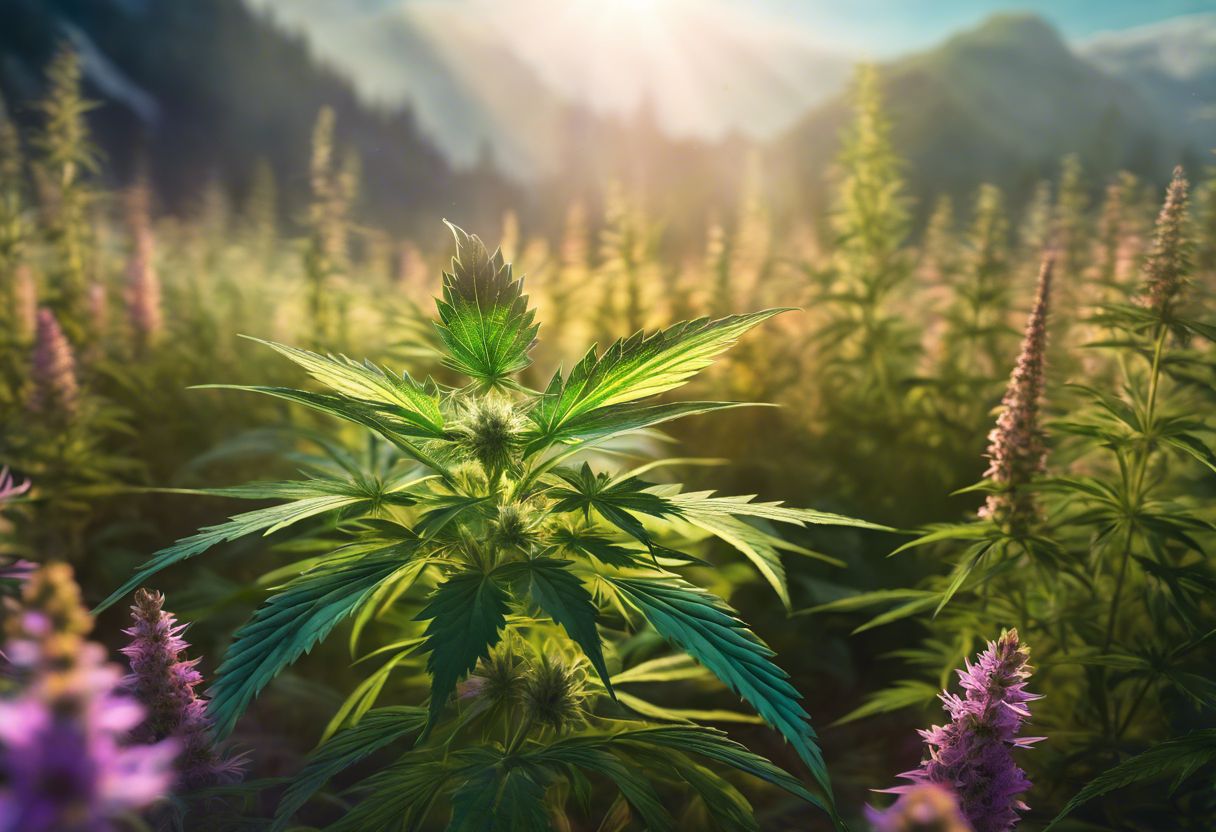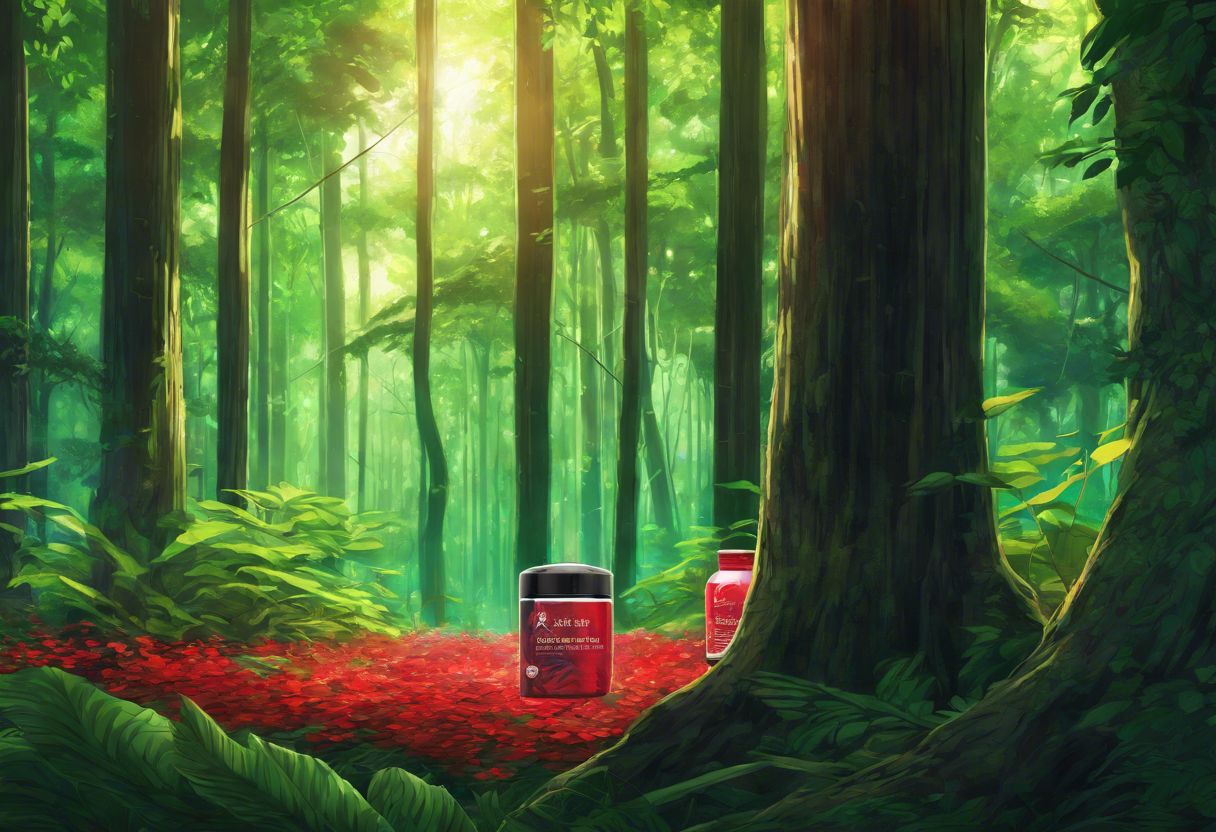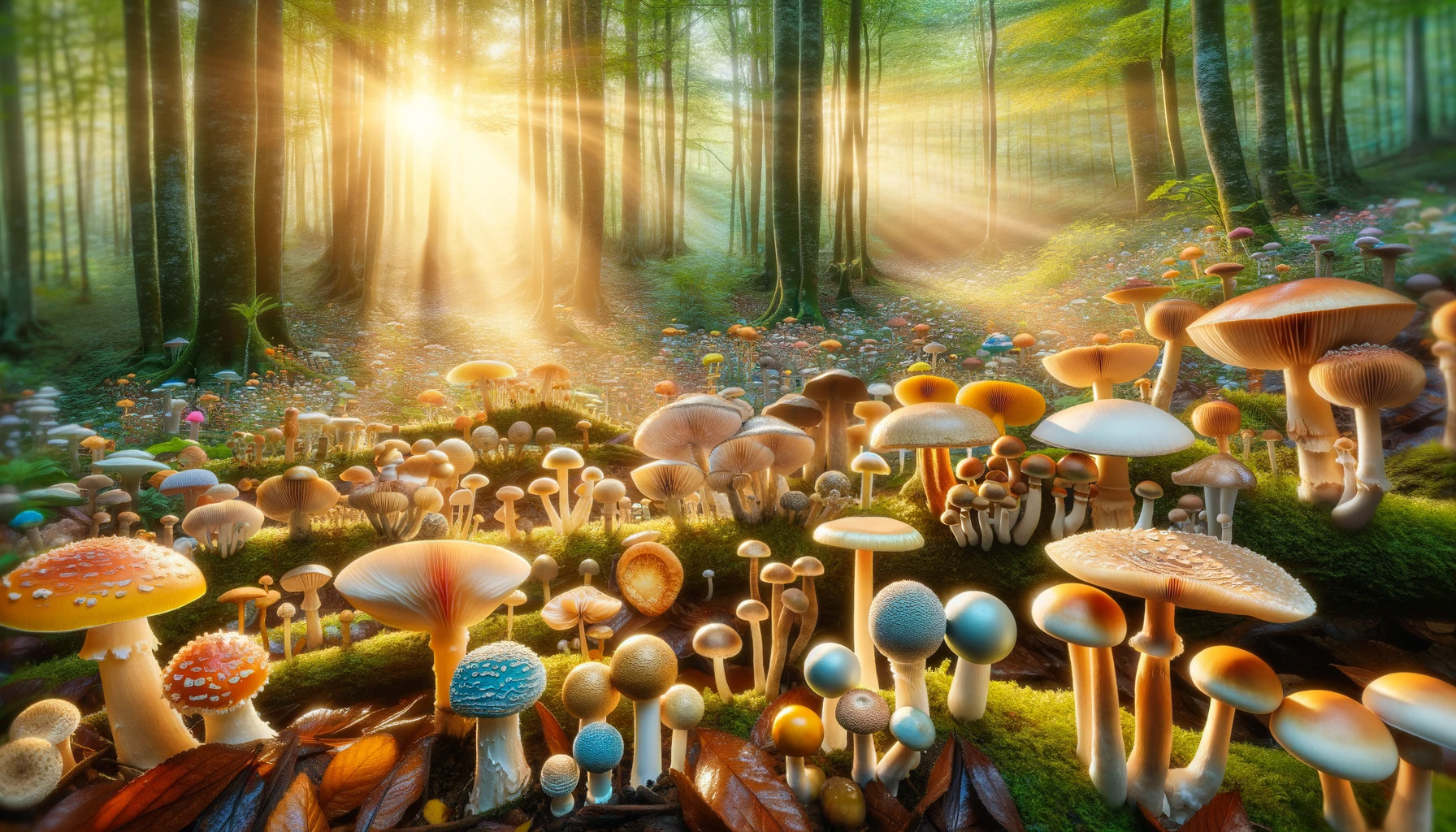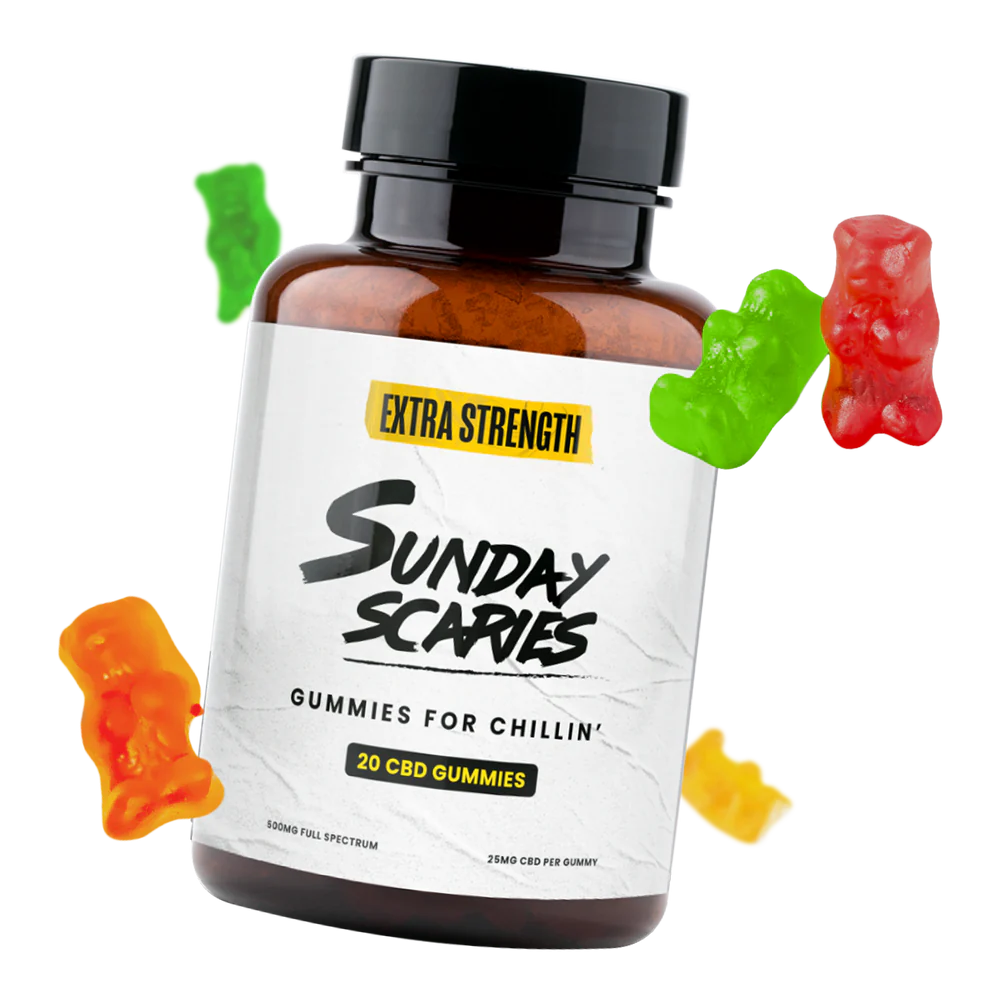You might be wondering, is weed actually considered a narcotic? Despite its widespread use, marijuana remains classified as a Schedule I drug under federal law. This article unpacks the maze of cannabis classification and how it affects you, the savvy shopper.
Dive in to clear up the haze!
Key Takeaways
- Weed, or marijuana, is often debated if it’s a narcotic. Under federal law, it’s a Schedule I drug with no agreed medical use.
- Cannabis has THC which makes people feel high and CBD that might help with health issues without making you feel high.
- Even though some states allow weed for fun or health reasons, the whole country still sees it as not allowed by federal law.
- The UN changed how they see cannabis; now they think it can be both good for health and risky to abuse like some medicines.
- Smoking weed affects your brain fast but can hurt your lungs. Eating foods with weed in them takes longer to work but lasts longer too.
Understanding the Term Narcotic

The term “narcotic” originates from the Greek word “narkō,” meaning to make numb or dull, and is typically associated with opioids such as heroin and prescription painkillers. However, it also includes other drugs like cocaine that have similar effects on the central nervous system.
Origin of the Term
Long ago, people used the word “narcotic” to describe medicines that made them sleepy. This old Greek word meant “to make numb.” But today, it usually points to drugs like heroin or fentanyl that are very strong and can be harmful when not used right.
These drugs come from a plant called opium poppy or are made in labs.
Some folks might call weed a narcotic because it changes how your mind feels. However, weed comes from the cannabis plant, not the opium poppy. It’s important to know this difference because calling weed a narcotic can confuse things.
The law looks at narcotics like they have no safe medical use and they’re highly addictive; but many states allow using marijuana for health reasons or just for fun.
Classification of Opioids as Narcotics
Opioids are strong painkillers and include drugs like morphine, codeine, and methadone. They work by attaching to certain spots in your brain called receptors which helps block pain.
Because opioids can also make you feel very relaxed or high, some people might use them the wrong way just for these feelings.
Doctors call opioids narcotics because of their ability to ease pain and cause sleepiness. The law sees them as controlled substances. This means they’re legal when a doctor gives them to you, but illegal if someone tries selling without permission from the government.
People who sell or use narcotics without following the rules can get into big trouble with the law.

Classification of Cocaine as Narcotics
Moving from opioids, let’s talk cocaine. It’s also called a narcotic by law folks and doctors. Cocaine comes from coca leaves and is known for giving energy and making people feel up.
But it can be risky and is illegal when used not for health reasons.
Cocaine has been marked as a Schedule II drug under the Controlled Substances Act. That means it’s seen as dangerous with a high chance of being misused. Yet, in some rare cases, doctors can use it legally for medical stuff like numbing during surgery.
But unlike weed, which people argue about if it’s medicine or not, cocaine doesn’t have many fans saying it should be legal to chill out or heal sicknesses.
Is Weed a Narcotic?
The classification of marijuana as a narcotic is often debated, given its psychoactive properties and potential for abuse. Understanding the complex nature of cannabis and its legal status can provide valuable insights into the ongoing controversy.
The Classification of Marijuana
Marijuana is classified as a Schedule I substance in the Controlled Substances Act of 1970, which means it’s considered to have no medical use. This classification has sparked debates due to its potential for abuse and medical benefits.
The UN Commission on Narcotic Drugs reclassified cannabis, recognizing both its abuse potential and therapeutic uses. Additionally, the HHS wants to reassess marijuana’s classification, considering its potential for abuse and medicinal value.
Marijuana contains over 480 constituents with THC being the most well-known psychoactive component. This mind-altering drug can act as a depressant, hallucinogen, or stimulant. Its classification remains controversial because of these varied effects.
Psychoactive Ingredients in Marijuana
Marijuana contains psychoactive chemicals that affect your brain and body. Tetrahydrocannabinol (THC) is the well-known ingredient responsible for the “high” feeling. It can also cause relaxation, altered senses, and changes in memory, thinking, and coordination.
Cannabidiol (CBD) is another compound in marijuana with different effects. It doesn’t make you feel high but may have medical benefits like reducing pain and inflammation or helping with anxiety.
Over 480 constituents are found in marijuana, but THC has the most noticeable impact on your mind and body. As a cannabis consumer shopping online, understanding these ingredients can help you make informed choices about products and their potential effects.
Medical and Recreational Use of Marijuana
Cannabis is used for both medical and recreational purposes. It contains psychoactive compounds that can produce mind-altering effects. The plant has been reclassified to recognize its potential for abuse and dependence, similar to certain medicines like morphine.
Marijuana’s classification as a Schedule I substance under federal law remains controversial due to conflicting opinions on its medical use, abuse potential, and extent of abuse. Despite this controversy, marijuana is increasingly being recognized for its therapeutic benefits in various states and countries.
The use of cannabis involves smoking, consuming edibles or tinctures, or infusing it into food items. Some people microdose THC to experience the benefits without the strong psychoactive effects.
The Controversy Surrounding the Classification of Weed
Despite its long history of controversial classification as a narcotic, recent global initiatives and medical research have shed light on the therapeutic benefits of cannabis. To learn more about the ongoing debate surrounding the classification of weed and its impact on legalization efforts, keep reading.
UN Commission on Narcotic Drugs Reclassification of Cannabis
The UN Commission on Narcotic Drugs has recently reclassified cannabis. This means that cannabis now has a similar potential for abuse and dependence as certain medicines such as morphine.
The reclassification acknowledges the medicinal benefits of cannabis and recognizes its potential for both therapeutic use and abuse. This move may have significant implications for how cannabis is perceived, regulated, and used in various parts of the world.
It reflects a growing understanding of the complex nature of cannabis and its role in medicine versus its potential risks when misused or abused.
Recognition of Therapeutic Uses of Cannabis
Cannabis has gained recognition for its therapeutic uses, especially in addressing various health conditions. It’s essential to know that marijuana is not just for recreational use; it also has potential medicinal benefits.
With over 480 constituents, cannabis contains different compounds such as THC and CBD, which have shown promise in managing symptoms of certain medical conditions. For instance, CBD-based medication called Epidiolex has been approved by the FDA for treating seizures associated with epilepsy.
Furthermore, some states have taken initiatives to legalize medical marijuana due to its reported positive effects on conditions like chronic pain, nausea from chemotherapy, and muscle spasticity from multiple sclerosis.
Moreover, the UN Commission on Narcotic Drugs recognizes the potential therapeutic uses of cannabis through its reclassification considerations regarding abuse and dependence potentials similar to certain medications.
State Initiatives Legalizing Cannabis
You’ll find that many states are working to change the laws around cannabis. This is what you should know:
- Some states have made it legal for adults to use cannabis for fun or medical reasons.
- These changes could affect where and how you can buy cannabis products.
- Government agencies in charge of overseeing these laws may provide detailed information about the rules.
- You might want to research each state’s specific cannabis laws before making a purchase.
- Keep an eye on any news and updates related to cannabis legalization in your state.
HHS Recommendation for Reclassification of Marijuana
The HHS wants to reclassify marijuana, which could affect its potential for abuse and medical use. This recommendation is based on the criteria of abuse potential, medical use, and the extent of abuse.
As a cannabis consumer shopping online, it’s important to stay informed about these discussions as they could impact how marijuana is classified and used in the future. Additionally, recognizing this ongoing evaluation helps you understand how the substance may be viewed by authorities and its availability for various purposes.
This proposed reclassification would potentially alter access to cannabis products and their perception within the medical community. This could have implications for both recreational and medicinal users with respect to legal status as well as information accessibility regarding usage guidelines or side effects.
Adverse Effects of Cannabis
The adverse effects of cannabis can include impaired short-term memory, mental and physical dependence, and impairment of cognitive function. Long-term use may also lead to respiratory issues, increased risk of mental health disorders, and potential negative impacts on brain development in adolescents.
Short-term Effects
Short-term effects of marijuana can include:
- Impaired coordination and balance, which may affect your ability to drive or operate machinery.
- Increased heart rate and blood pressure, leading to potential cardiovascular problems.
- Altered sensory perception, such as distorted vision, hearing, and time perception.
- Euphoria or feelings of relaxation but also potential anxiety or paranoia.
- Short – term memory impairment and difficulty concentrating on tasks.
- Dry mouth, red eyes, and increased appetite commonly known as “the munchies.”
- Potential nausea or vomiting in some users.
Long-term Effects
Long-term use of cannabis may lead to:
- Impairment of memory and cognition, affecting your ability to learn and remember.
- Increased risk of developing mental health disorders such as anxiety, depression, and schizophrenia.
- Negative impact on lung health due to smoking cannabis.
- Decreased motivation and interest in activities, potentially leading to a lack of productivity.
- Potential addiction and dependence on cannabis, leading to withdrawal symptoms when trying to stop using it.
- Adverse effects on academic or work performance due to cognitive impairment.
Cannabis Dependence
Now, let’s talk about cannabis dependence. It’s important to understand that long-term use of cannabis can lead to dependence for some people. Cannabis has psychoactive ingredients, like THC and CBD, which can affect your brain over time.
This can result in a need to consume more marijuana to achieve the same effects as before, leading to dependence. Additionally, studies have shown that roughly 30% of those who use marijuana may have some degree of cannabis use disorder at some point.
These are crucial factors you must consider while navigating the world of cannabis consumption.
Modes of Consumption of Cannabis
Cannabis can be consumed in various forms such as smoking, edibles, tinctures, and infusions, each offering unique effects and experiences. To learn more about the different modes of consumption and their impact, read on for an insightful exploration of cannabis consumption methods.
Smoking
Smoking is one common way people consume cannabis. When you smoke cannabis, the THC and other chemicals go into your body through your lungs and then quickly enter your bloodstream to give you that high feeling.
The effects are usually felt within minutes and can last for a few hours. But it’s important to remember that smoking anything, including marijuana, can harm your lungs because of the toxins released when it burns.
If you prefer smoking as your method of consuming cannabis, be mindful of the potential impact on your lung health.
Edibles
Explore the world of cannabis edibles, offering an alternative way to enjoy the effects of marijuana without smoking it. Edibles include a wide range of food and drink products infused with THC or CBD, such as gummies, chocolates, cookies, and beverages.
These provide a discrete and convenient method for consumers to experience the therapeutic benefits or recreational highs associated with cannabis. Remember that consuming edibles may lead to delayed onset of effects compared to smoking, so be mindful of dosage and wait patiently for them to take effect.
Dive into understanding the various modes of consumption available for cannabis products beyond just smoking. Experimenting with different methods can help you find what works best for your needs while ensuring you have an enjoyable experience.”.
Tinctures
Tinctures are liquid extracts made from cannabis. They are easy to use and can be taken by placing a few drops under your tongue, allowing for quick absorption into the bloodstream.
Tinctures come in various CBD-to-THC ratios, offering you options based on your needs and preferences. It’s important to start with a low dose and gradually increase to find the right balance for you.
Tinctures provide a convenient way to consume cannabis discreetly and without the need for smoking or vaping. With its fast-acting effects, tinctures can be an ideal choice for those seeking immediate relief.
These liquid extracts are packed with cannabinoids like THC and CBD which offer potential therapeutic benefits such as pain relief, reducing anxiety, improving sleep quality, and alleviating symptoms of certain medical conditions.
Infusions
Cannabis infusions are a popular way to consume marijuana. Infusions involve extracting cannabinoids from the cannabis plant and infusing them into oils or butter. This allows you to add cannabis to your favorite recipes, creating edibles like cookies, brownies, or gummies.
These infused products provide an alternative way to experience the effects of marijuana without smoking it. The process of making cannabis-infused products can vary based on individual preference and desired potency, offering you flexibility in how you enjoy the benefits of cannabis.
Infusions also enable precise dosing control, allowing you to manage the amount of THC or CBD in each serving, which is helpful for those who want to monitor their intake carefully.
Microdosing THC
Microdosing THC involves taking small, controlled amounts of tetrahydrocannabinol (THC), the psychoactive component in cannabis. This practice aims to achieve subtle therapeutic effects while minimizing any intoxicating or adverse reactions.
By starting with a low dose and gradually increasing it over time, microdosing allows you to gauge your individual tolerance and determine the ideal amount for your needs. Research suggests that microdosing THC may help manage symptoms like pain, anxiety, and inflammation without producing the strong “high” associated with larger doses.
When striving for balance in your cannabis experience, understanding how microdosing THC can benefit you is crucial. Now let’s explore the chemical composition of cannabis to grasp this better.
Chemical Composition of Cannabis
Cannabis contains over 100 different cannabinoids, including THC and CBD, which interact with the body’s endocannabinoid system to produce various effects. To learn more about the chemical composition of cannabis and how it affects you, keep reading!
THC
THC, or tetrahydrocannabinol, is the main psychoactive ingredient in cannabis. It’s what makes you feel “high” when using marijuana. THC stimulates brain cells to release dopamine, creating a sense of euphoria.
This compound also affects memory, concentration, and coordination. Importantly, it has potential therapeutic effects on conditions such as pain and nausea.
The psychoactive effects of THC can vary depending on the strain of cannabis and how it’s consumed. For instance, smoking weed delivers a rapid onset of high THC levels into your bloodstream compared to consuming edibles or tinctures.
CBD
CBD, or cannabidiol, is a component of the cannabis plant that does not make you feel high. It can be found in various forms such as oils and topical products. CBD has gained attention for its potential therapeutic effects, including reducing anxiety and pain.
Research suggests that CBD may also help with certain seizure disorders. Some users reported improved sleep and relaxation from using CBD products without experiencing intoxication like THC does.
Cannabis consumers shopping online should be aware that CBD is different from THC and does not produce the same psychoactive effects. Understanding the differences between these components can help you choose products that align with your specific needs and preferences within the cannabis market.”.
Other Constituents
Cannabis contains over 480 different components, each with its own potential effects. THC, the most well-known one, is responsible for the psychoactive properties of marijuana. CBD is another essential compound in cannabis that doesn’t make you high but has shown potential medical benefits.
Other constituents include terpenes, which give cannabis its distinct aroma and may also have therapeutic effects. Flavonoids are present in smaller amounts but contribute to the plant’s color and may also have health benefits.
These various constituents work together to produce the overall effects of cannabis, offering a wide range of potential benefits and impacts on your body and mind when consumed. Understanding these components can help you make more informed decisions about the products you choose and how they might affect you based on their unique chemical composition.
Other Cannabinoids to Explore
- Delta 9 THC
- Delta 8 THC
- Delta 6 THC
- Delta 10 THC
- Delta 11 THC
- THC-O
- THC P
- THC A
- THC H
- THC JD
- THC B
- THC X
Varieties and Strains of Cannabis
Cannabis comes in various varieties and strains, each with its unique qualities. The two primary species are Cannabis sativa and Cannabis indica, often mixed to create hybrid strains.
Sativa tends to produce an energizing effect, while indica is more relaxing. Within these broad categories are countless specific strains, known for their distinct aroma, flavor, and effects.
Some popular strains include OG Kush, Sour Diesel, and Blue Dream.
Knowing the different varieties and strains can help you choose one that aligns with your desired experience or therapeutic benefits. Understanding the characteristics of each strain empowers you to make informed decisions when selecting cannabis products that best suit your needs.
Next up we’re delving into “Cannabis as a Gateway Drug”.
Cannabis as a Gateway Drug
Cannabis, often known as marijuana, has been a subject of debate regarding its potential role as a gateway drug. This term suggests that using cannabis may lead to the use of more harmful substances like cocaine or heroin.
However, scientific evidence supporting this is inconclusive. While some individuals who use cannabis may go on to use other drugs, many do not. Factors like genetic predisposition and environmental influences also play significant roles in substance abuse.
The concept of cannabis as a gateway drug has been the subject of much research and discussion. It is essential to consider various factors such as individual susceptibility and external influences before making assumptions about the potential link between cannabis use and subsequent drug dependence.
Regardless of ongoing debates surrounding this topic, it’s crucial for consumers to make informed decisions based on reliable information when considering cannabis products.
Conclusion
In conclusion, understanding the classification of marijuana is complex. It’s classified as a mind-altering drug produced by the Cannabis sativa plant. The controversy surrounding its classification emphasizes the need for comprehensive research and discussion.
Regardless of its classification, clear and accurate information can guide consumers in making informed choices about marijuana use. This understanding can help navigate the complexities surrounding this widely used substance.
FAQs
1. Is weed a narcotic by law?
In the eyes of the Drug Enforcement Administration (DEA), weed, or cannabis, is listed as a Schedule I controlled substance which means it’s seen as having no medical use and a high chance for abuse.
2. Why do some people say cannabis is not dangerous?
Some folks argue that cannabis should not be seen as dangerous because they believe its long-term effects are less harmful than those from alcohol use or other illegal drugs.
3. Has any place made weed legal for fun?
Yes, recreational use of cannabis has been legalized in Canada and in several states within the United States, but it remains illegal at the federal level.
4. Can doctors give out weed for health reasons?
Medical cannabis is legal in many places where doctors can suggest it to help with certain health problems like pain or memory and cognition issues.
5. What does decriminalization mean for marijuana possession?
Decriminalization usually means that if someone has a small amount of marijuana for personal use, they won’t get treated as harshly; maybe they’ll just pay a fine instead of going to jail.
6. Are there different kinds of products from the cannabis plant?
Yes! From hash oil used in vaporizing devices known as vaporizers, to kif and edibles – there are various ways people can consume parts from cannabis plants.






